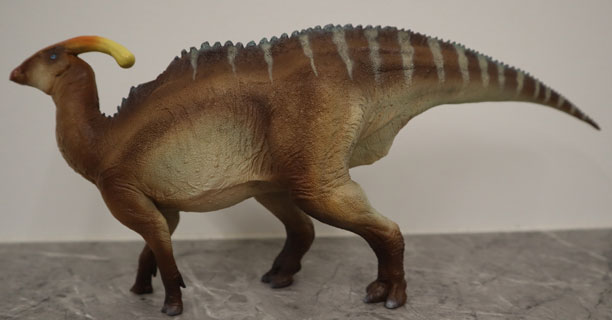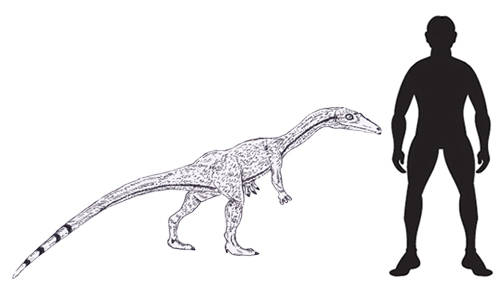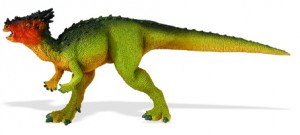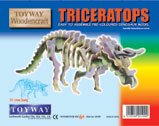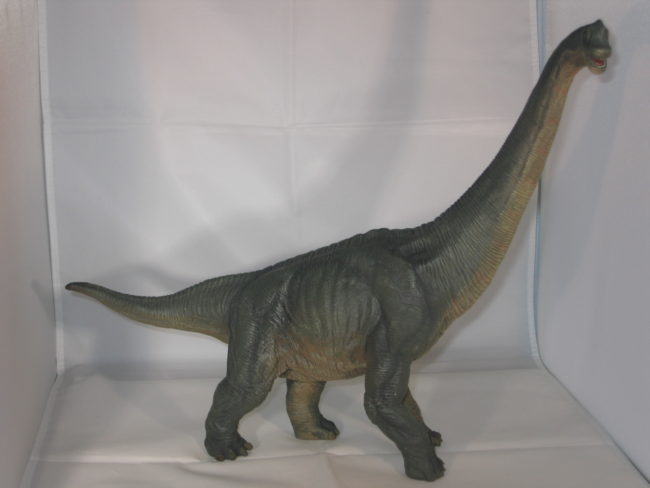Invasion of the Crocodiles
Invasion of the Crocodiles
The increasing number of Estaurine (otherwise known as Saltwater) crocodiles on the North-east coast of Australia is causing concern amongst local residents and the surfing community.
The Estaurine crocodile (Crocodylus porosus) can be found over a large area of South-east Asia. It ranges from Sri Lanka to the Fiji islands, with a resurgent population in northern Australia as hunting them has been banned. These animals can grow up to 9 metres in length (27 feet) although many stories abound about even larger specimens being seen. It is capable of living in a number of habitats but prefers the mouths of rivers and other tidal areas. Estaurine crocodiles are quite happy swimming out to sea and many have been spotted tens of miles off shore. This may explain why they are so widely spread in Southeastern Asia.
Unfortunately, their numbers in Northern Australia have grown substantially over the last twenty years and many crocodiles are beginning to be seen on popular surfing beaches and basking close to areas frequented by swimmers.
There are even been reports of crocodiles being spotted close to Cairns and Townsville the main centres of population in the region. A recent study by local rangers and Aboriginal guides have estimated numbers to be around 500 – 1,000. The rise in population has been attributed to the ban on hunting crocs and the decline in natural predators of crocodile eggs such as dingoes and other wild dogs.
These crocodiles are very capable hunters and once above 8 feet in length would be classified as man-eaters. The larger specimens are mainly ambush predators preying on animals as they come to the rivers to drink.
A call for a cull has been made and many locals are already lobbying to be able to carry guns. However, the local Environmental Protection Agency is reluctant to support a cull as if open season was declared on the Saltwater crocodiles the population may be devastated in just a few years. Despite their fearsome reputation crocodile attacks are relatively rare with only 17 attacks being recorded since 1985 with only five fatalities.
The Crocodilian order is very ancient with crocodiles of various types thriving throughout the Mesozoic. The first modern crocodiles evolved around 90 million years ago, all crocodiles and alligators belong to a Crocodilian group called the Eusuchians, these became widespread during the Late Cretaceous and survived the mass extinction that ended the reign of their cousins the dinosaurs. Although the Estaurine is the largest reptile living today, it was dwarfed by many of the crocodiles that lived in the past.
Giants like Sarcosuchus (means “flesh crocodile”) and Deinosuchus (means “terrible crocodile”) from the Cretaceous are believed to exceeded 12 metres (40 feet in length).
Crocodile Models: Dinosaur and Prehistoric Animal Models.
Scientists still debate which was the largest crocodile known, as often only fragments of the skeleton are fossilised. Perhaps the biggest of all was Purussaurus from South America. This animal inhabited rivers and lacks of the late Miocene (8 mya), estimates of its length vary but it may have reached over 17 metres (55 feet).


